Home | What is FGM/C?
Female Genital Mutilation/Cutting (FGM/C) is a harmful traditional practice involving the cutting or removal of the external female genitalia. It has existed for more than 2,000 years and is performed on girls from birth up to just before marriage and sometimes beyond. FGM/C is also known as "female circumcision" and by other terms locally.
The World Health Organisation classifies the practice into four types
Clitoridectomy
Type I: Partial or total removal of the (external) clitoris and/or the prepuce
Excision
Type II: Partial or total removal of the (external) clitoris and the labia minora, with or without excision of the labia majora
Infibulation
Type III: Narrowing of the vaginal orifice with creation of a covering seal by cutting and appositioning the labia minora and/or the labia majora, with or without excision of the clitoris
Other
Type IV: All other harmful procedures to the female genitalia for non-medical purposes, for example: pricking, piercing, incising, scraping and cauterisation
A Global Concern
It is estimated that more than 200 million women and girls have undergone FGM/C
This figure is based on the 32 countries that measure and report on the practice across three continents. We know, however, that girls are affected by FGM/C in over 90 countries globally, so this figure underestimates the true scale of the practice. FGM/C takes place in Africa, the Middle East and Asia, and also within diaspora communities around the world. Estimates suggest 4.1 million girls a year are at risk of being cut. And although global efforts to encourage communities to abandon FGM/C are making strong progress, population growth means the number of girls at risk of being cut continues to increase. The practice of cutting is recognised internationally as a violation of human rights, the rights of the child and women’s rights.


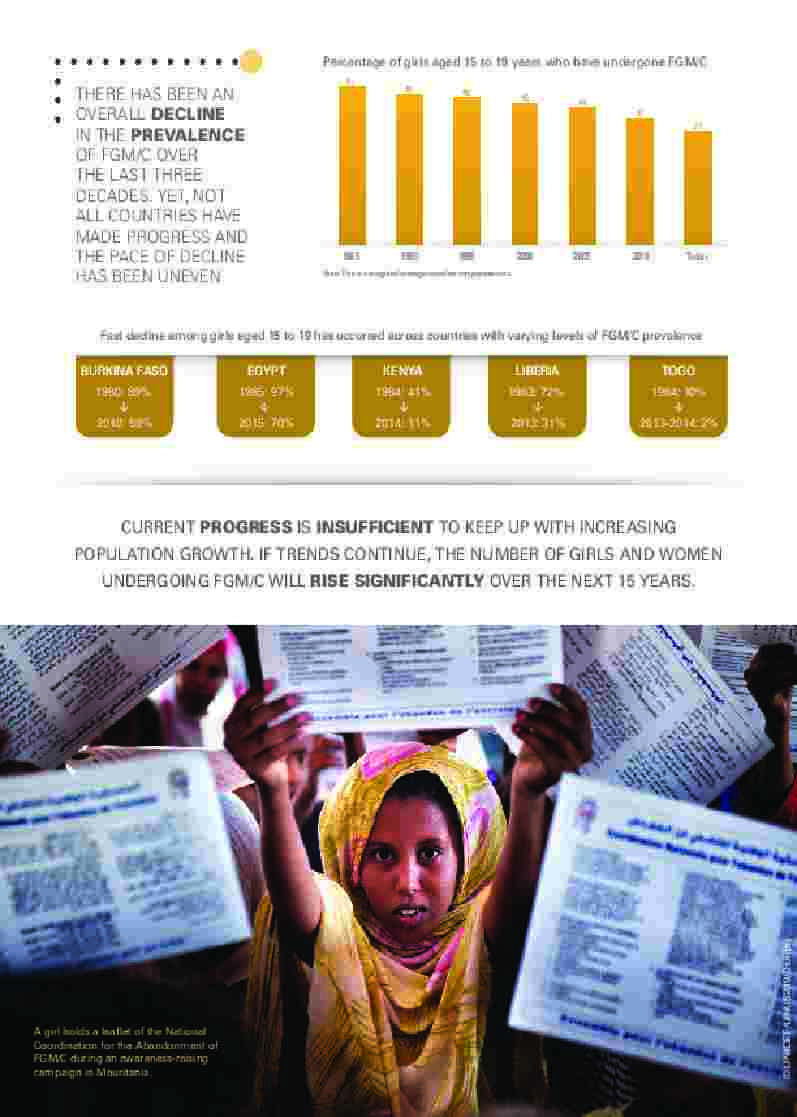
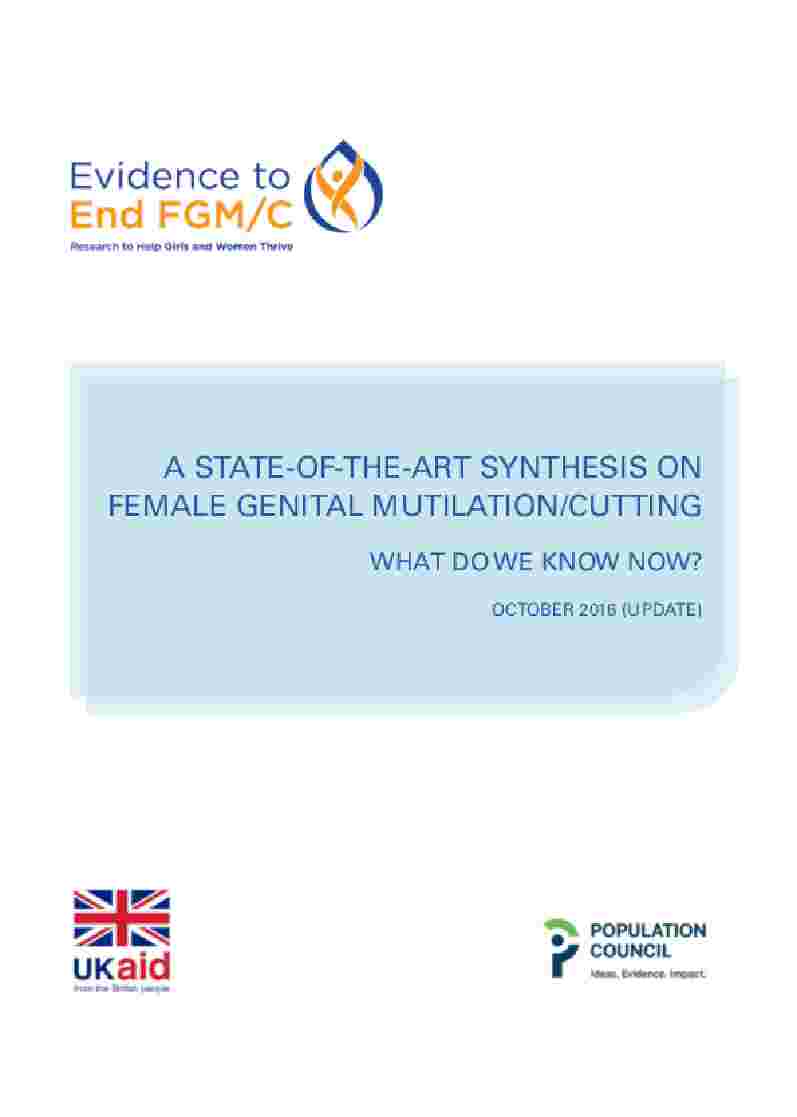
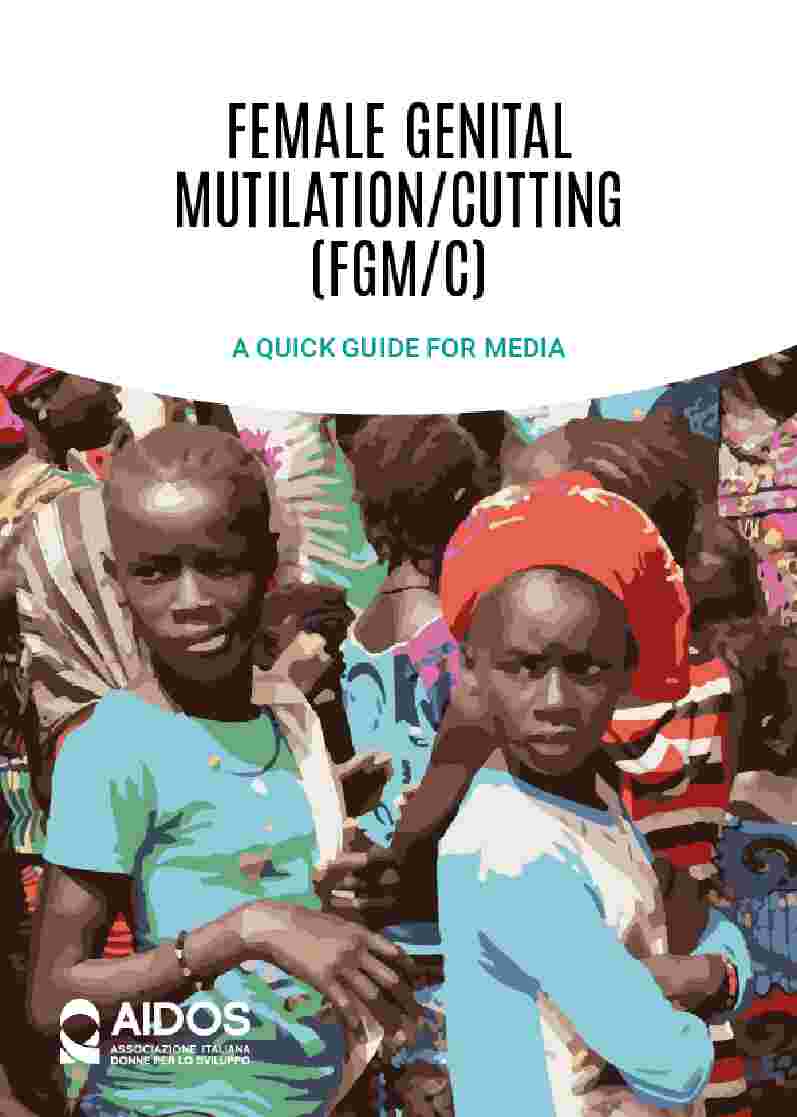
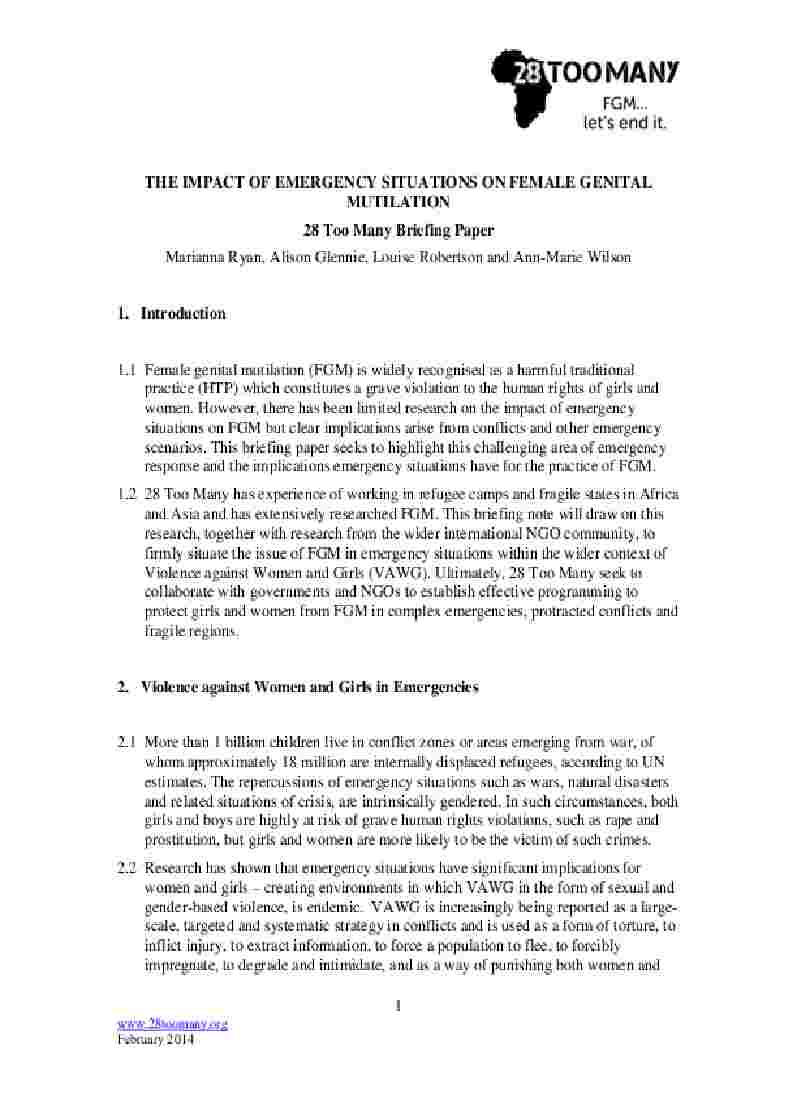
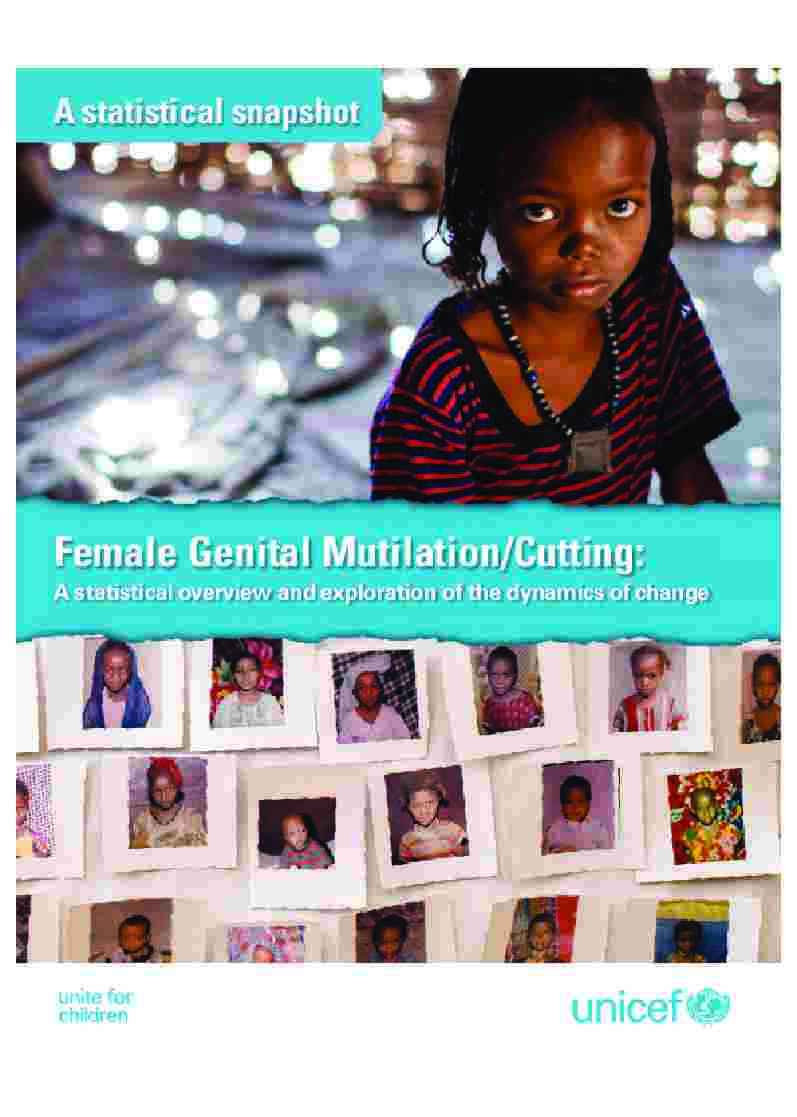
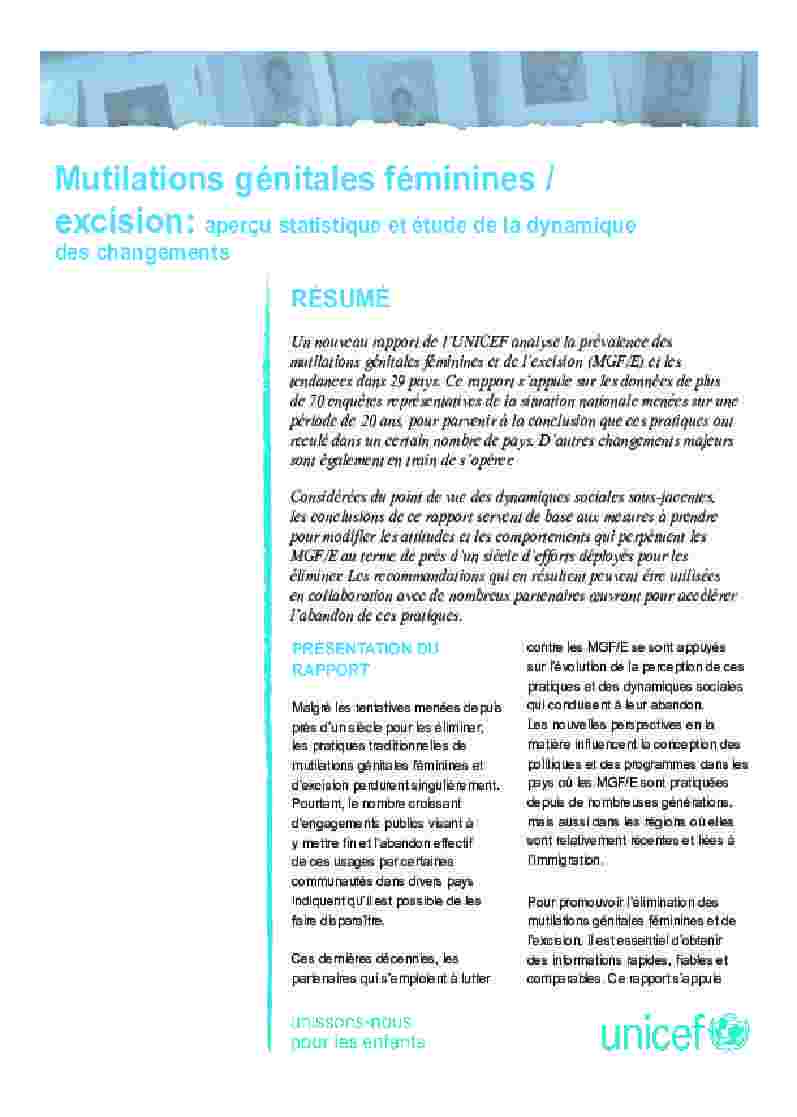
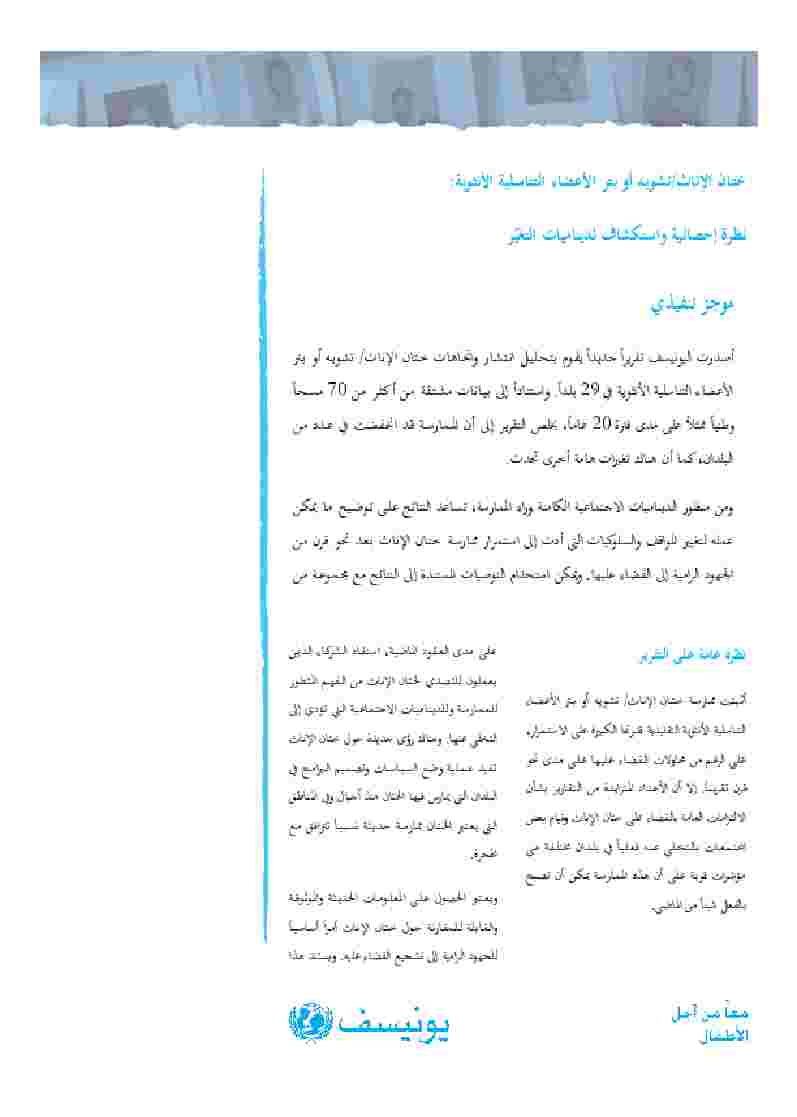
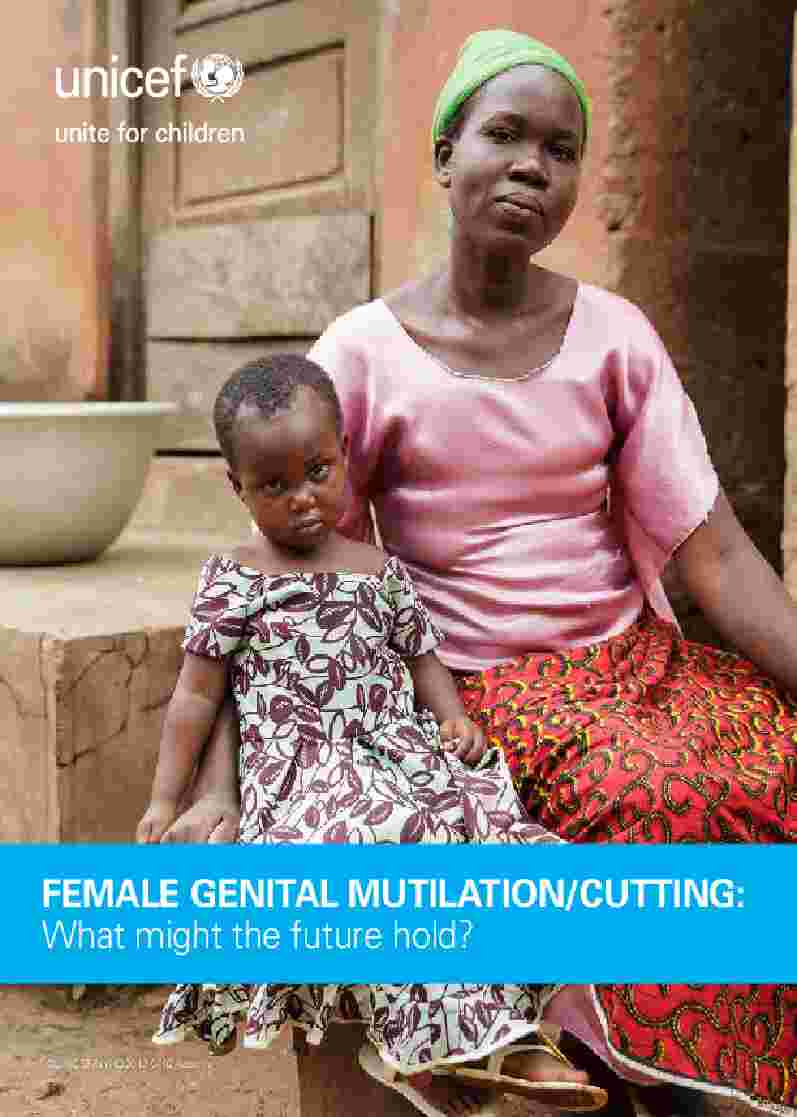
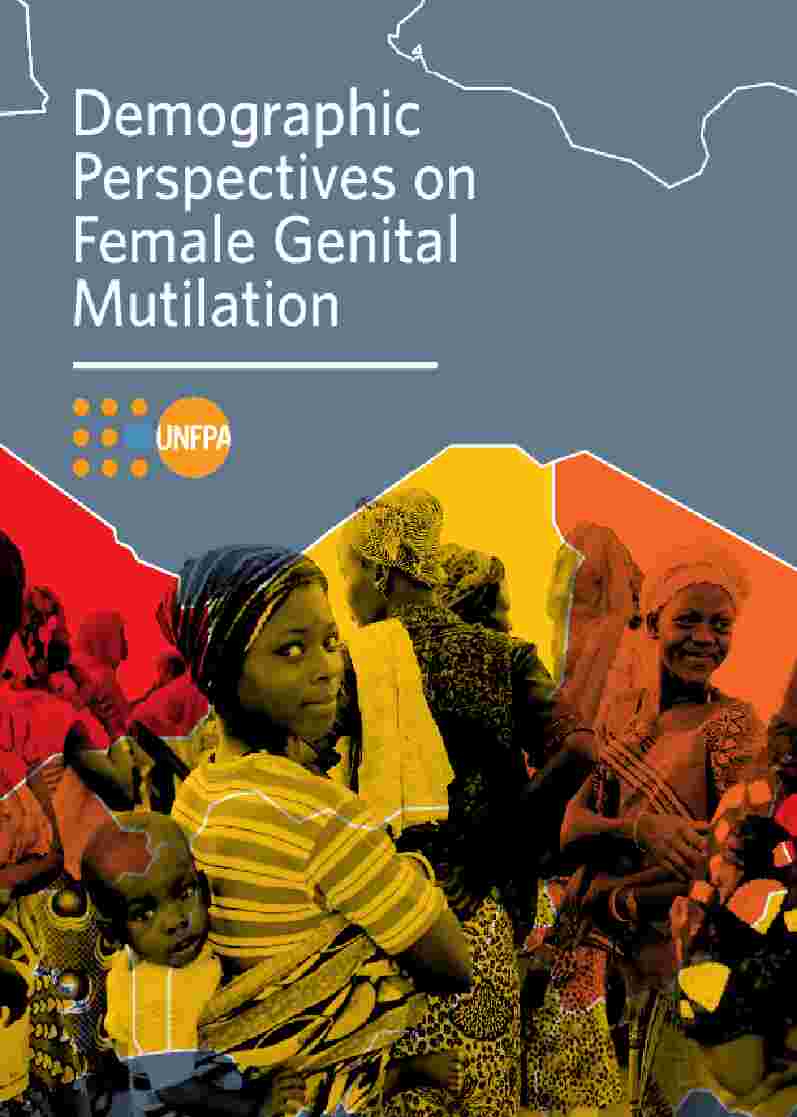
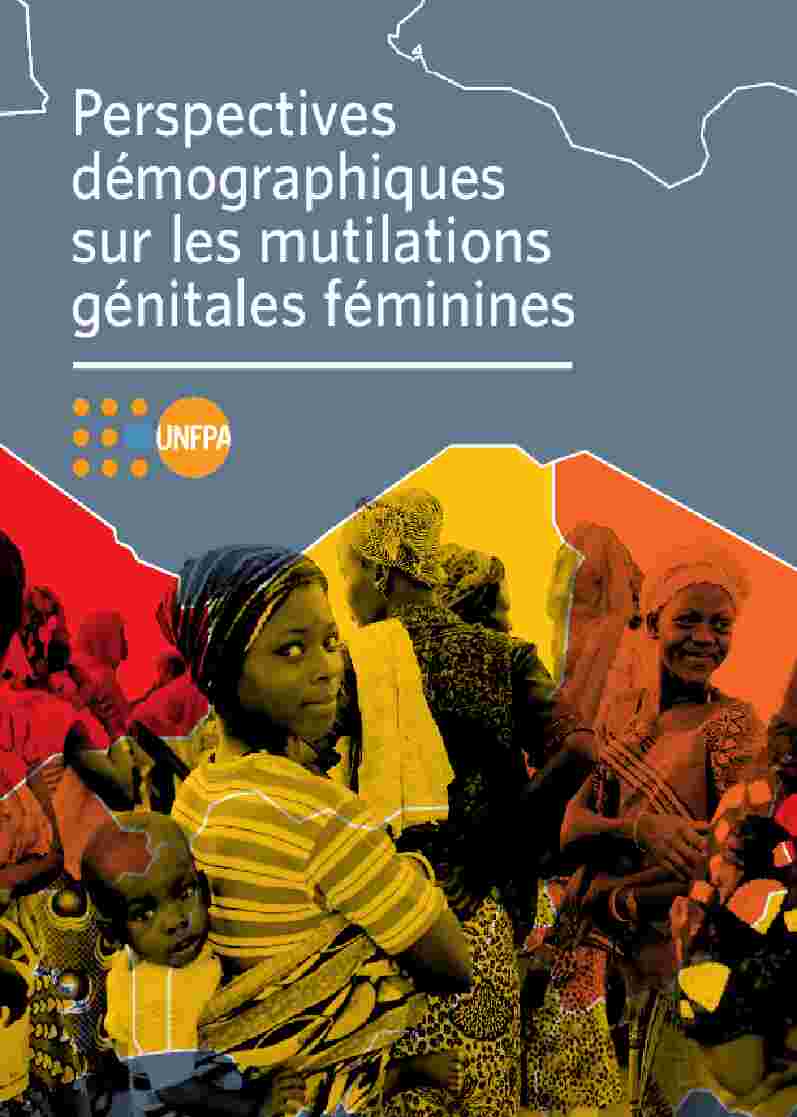
.jpg)